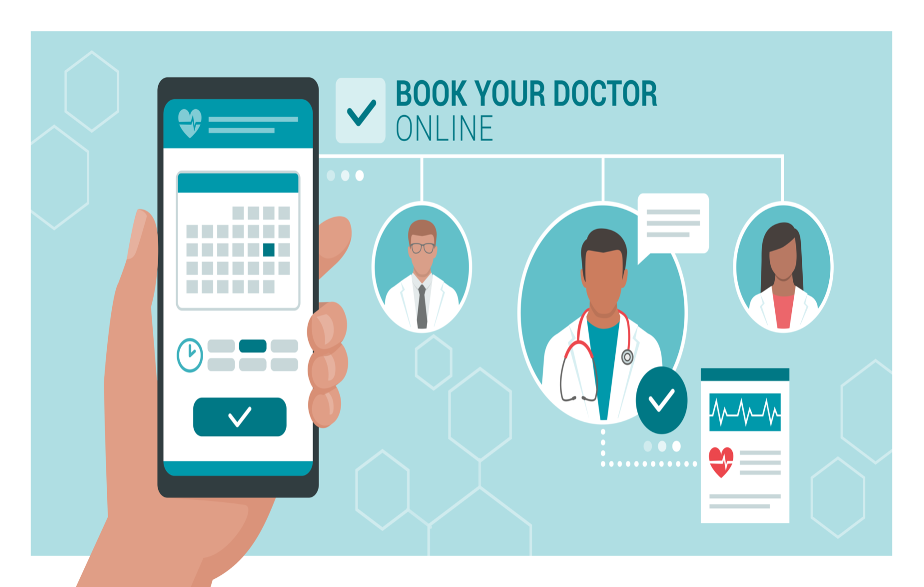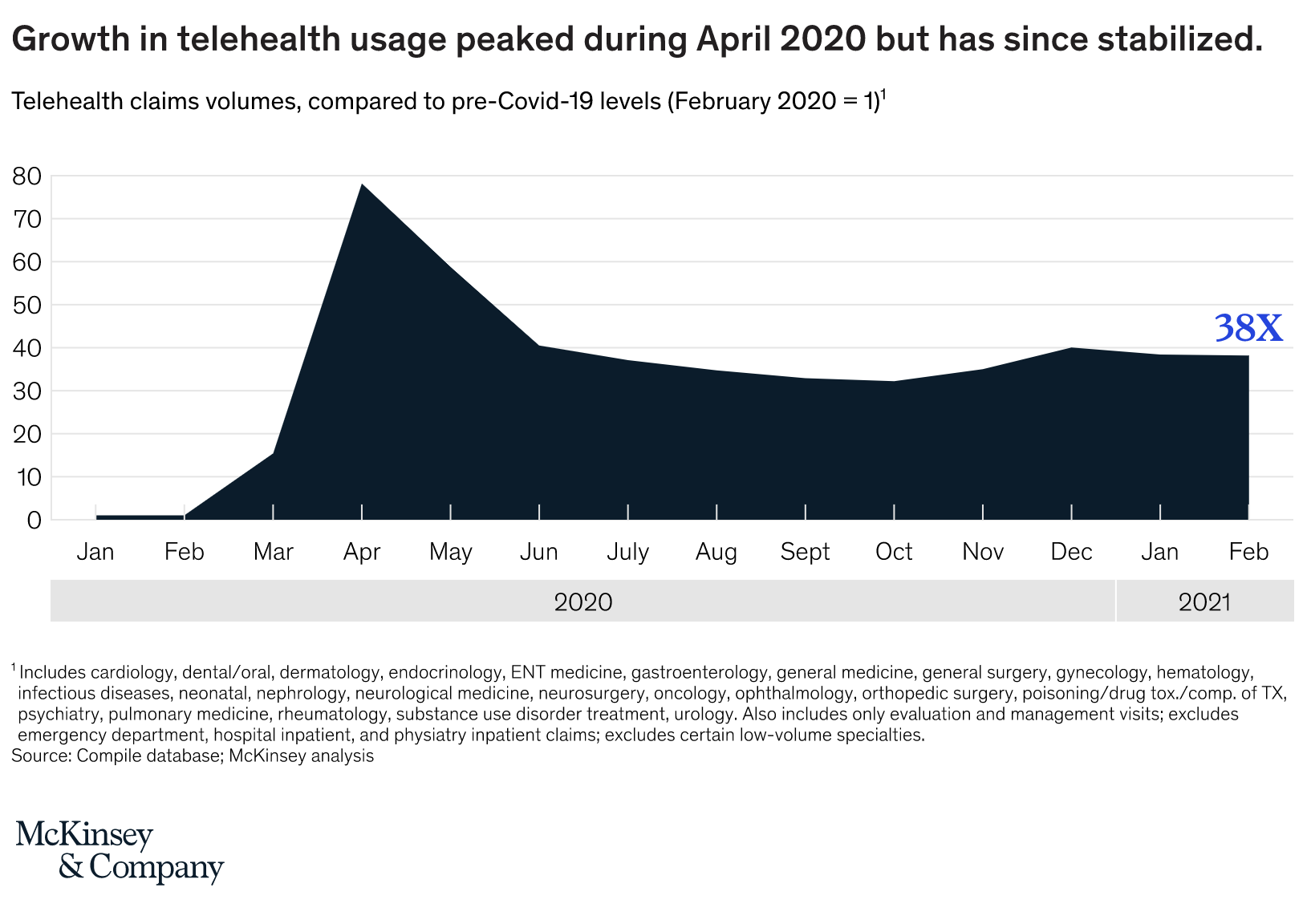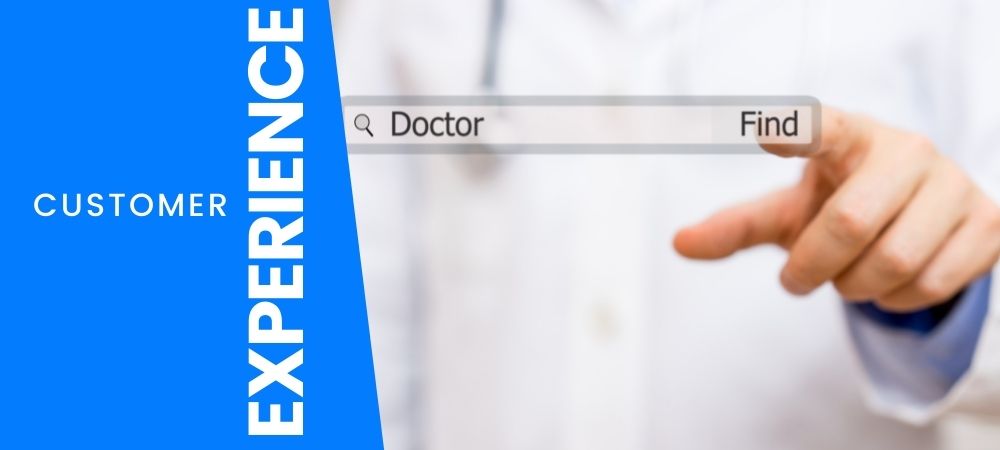82% of consumers say they’d switch doctors if they didn’t have a great customer experience with their healthcare providers.
As discerning consumers, we can find everything we need online in a matter of minutes. In the digital world of online shopping and food delivery, we can typically find what we’re looking for and have it delivered to our doorstep in a matter of days, or even, hours.
COVID not only changed how we live, work, and purchase necessities, but it also changed how we access healthcare providers. Today, we can “visit” doctors online for virtual consultations, mental health counseling, and even prescription refills.
Does this digital consumerism mean that customer service is no longer important? Does it mean we’re on our own when something goes awry and we receive the wrong food delivery or neon yellow shoes when we specifically ordered hot pink? (True story!)
With a world of options at our fingertips, ensuring an exceptional customer experience is more important than ever. There’s more competition online and we’re no longer limited by boundaries of space, or even, time.
The same goes for the healthcare industry. This is why you need to create an outstanding customer experience in healthcare for patients, so they keep coming back and recommending your practice to their close friends as well as the extended online community—in other words, everyone who reads Google reviews.
What is the customer experience?
As it applies in the consumer world of purchasing products and services, the customer experience is the way customers perceive a brand, a store, or a company along what’s known as “the buyer’s journey.” According to HubSpot, the result of a customer experience (good, bad, or ugly) impacts your bottom line, either favorably or not so much.

The customer experience includes things like:
- Ease of finding a product or service
- Ease of purchasing
- Easy return process (we ordered hot pink, not neon yellow!)
- Prompt resolution of any issues with products or services
- Level of customer support and service
- Friendliness of personnel
- Website experience
The customer experience is about anything that factors into your experience as a consumer – anything that positively or negatively impacts your own buyer’s journey.
And I mean anything. I’ve had friends who switched food delivery services just because they didn’t like the packaging the food came in. Does this give you an idea of just how crucial the customer experience is from beginning to end, down to every last detail?
Of course, you can’t please everyone all the time, but if that’s your goal (and it should be), then you’ll be making the majority of your customers – in this case, patients – very happy.
How does the customer experience apply to the healthcare industry?
It seems obvious that, as a healthcare provider, exceptional patient care is at the top of your list of necessities to build a thriving organization. And while you may be providing outstanding care from a scientific perspective – such as, following the latest protocol for sanitizing your office; offering cutting-edge treatments – your patients may not be as satisfied as they could be.
Why? If they’re not having a truly caring, personalized experience with every person they encounter at their doctors’ offices, they’re likely among the 83% who want to be seen as more than “a stack of symptoms.”
So, if patients in your offices feel like a number, or don’t feel like they’re being seen as more than a medical problem to quickly solve and get rid of, they will soon be searching online and reading reviews so they can find a new provider.
How do you elevate the customer experience in your healthcare organization?
Simple: give patients what they want. But, how do you know what they want from your healthcare organization?
Some of the biggest priorities for today’s patients include:
- Ease of finding you online and user-friendly website
Since the majority of patients begin their journey for a medical practitioner online, make it easy for them to find you and navigate your website. This may mean updating your website so it loads quickly, has relevant information on the home page, and clearly displays contact information so prospective patients can get in touch or send you a message. It’s also helpful if your website highlights some of the rave reviews you’ve received from current patients.
- Self-scheduling options
If you currently don’t have a “request an appointment” button on your website, you need one ASAP. Several studies indicate that patients prefer to schedule appointments online, after hours, and whenever it’s convenient for them. Seventy-seven percent of patients say that the ability to book online is a major factor when choosing a healthcare provider.

- Easy access to healthcare information, in a HIPAA-compliant environment
Select a robust healthcare Customer Relationship Management (CRM) platform to manage patient profiles while maintaining confidentiality of sensitive information. - Clear communication
Do you communicate information with patients in their preferred mode, such as email, text, or by phone? If you’re not sure how each patient prefers to receive patient instructions, updates, reminders, and other types of provider-patient materials, create a survey to ask them. - Telehealth visits
Many people got used to attending virtual meetings during the pandemic, and even contacting their doctor’s office through a video chat platform, so they still want the option of telehealth visits today. In fact, patients wanted telehealth options long before the pandemic, according to research from 2017 when 77% of patients began requesting virtual doctor visits.
Even more incredible is that telehealth use has increased 38 times what it was pre-COVID. If you’re not yet telehealth equipped, you’re missing out on boosting the customer experience in healthcare, and increasing revenue for your organization.

The best way to improve the patient healthcare experience is by taking inventory of your current practices. Discover which areas need improvement and implement the necessary changes. When you pleasantly surprise patients by giving them more of what they want, you may inadvertently create a happier, more productive healthcare organization, as well. And that’s always good for business.









